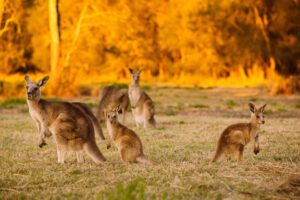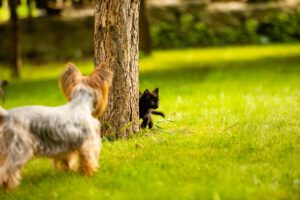Some species of Old World monkeys inhabit tropical rainforests, while others live on arid grasslands and even mountainous areas with heavy winter snows.
Most Old World monkeys are at least partially omnivorous, but all prefer plant matter, which forms the bulk of their diet. Leaf monkeys are the most vegetarian, existing primarily on leaves and eating only a small amount of insects, while the other species exist primarily eating fruit, however, they will also consume almost any food items available, such as flowers, leaves, bulbs and rhizomes, insects, snails and even small vertebrates.

The female monkey gestation period in the Old World monkeys lasts between five and seven months. Births are usually single, although, as with humans, twin births do also occur from time to time.
The young are born relatively well developed and are able to cling onto their mothers fur with their hands from birth. Compared with most other mammals, they take a long time to reach sexual maturity, with four to six years being typical of most species.
In most species, daughters remain with their mothers for life, so that the basic social group among Old World monkeys is a matrilineal troop (a system in which one belongs to ones mothers lineage). Males leave the group on reaching adolescence, and find a new troop to join.
In many species, only a single adult male lives with each group, driving off all rivals, however, others are more tolerant, establishing hierarchical relationships between dominant and subordinate males. Group sizes are highly variable, even within species, depending on the availability of food and other resources.














